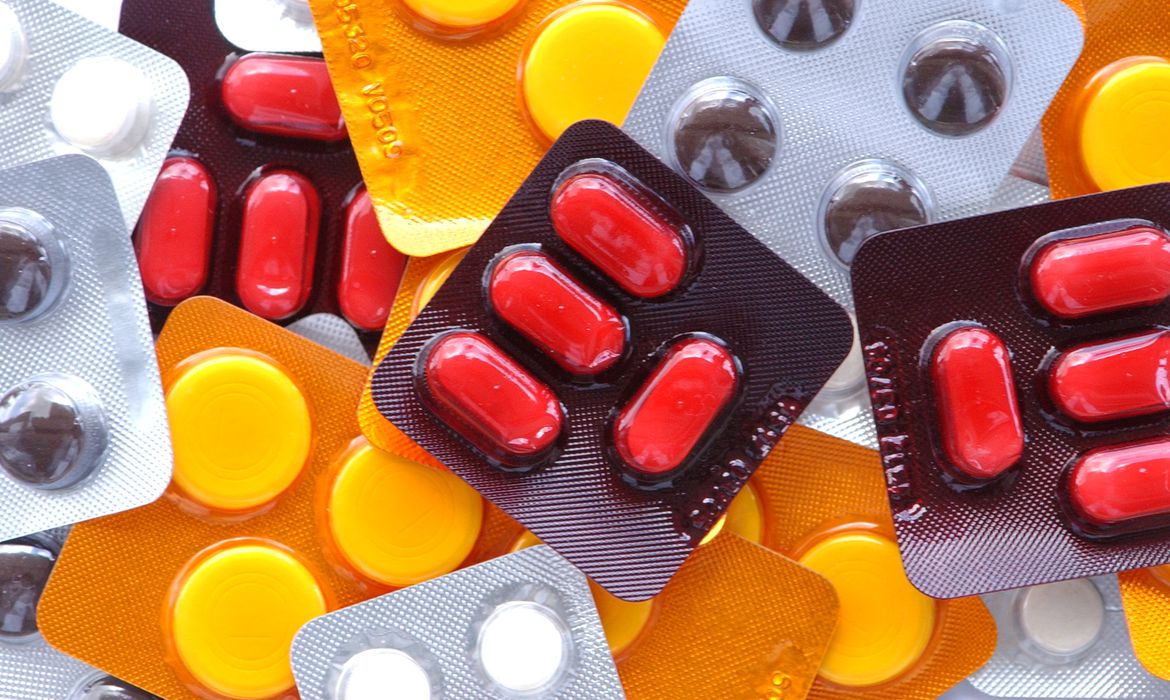RIO DE JANEIRO, BRAZIL – The Covid-19 pandemic led to an increase of up to 92.6 percent in the price of pharmaceuticals purchased by hospitals between March and July this year.
The data are from an unprecedented research conducted by the FIPE (Economic Research Institute Foundation) in partnership with Bionexo. The institute developed an index to estimate the price of hospital pharmaceuticals, the IPM-H (Price Index of Medicines for Hospitals).
The IPM-H index is not a reflection of the variation of drug prices sold in pharmacies to the general public. It is also not a measure of variation in treatment costs in hospitals or health plans, which involve other expenses, such as equipment, human resources, and other supplies.
In the overall evaluation, the IPM-H increase was 16.44 percent between March and July. The research, which took into consideration over 1,500 types of pharmaceuticals, assessed drugs as distinct as headache medication to those that act on organs and systems directly affected by the coronavirus.

The pharmaceuticals that increased the most during this period were used to treat Covid-19 patients to help the cardiovascular system (+92.6 percent), nervous system (+66 percent), and digestive system and metabolism (+50.4 percent).
Other drugs indirectly used in the treatment of patients, but that increased significantly, were for the hormonal system (+21.8 percent) and for muscles and bones (+18.2 percent).
In order to estimate the index, the researchers used the Bionexo digital health solutions company’s database, with a network of over 20,000 pharmaceutical and healthcare supply providers in Brazil, Argentina, Colombia, and Mexico.
Based on the transactions conducted between hospitals and providers in the past twelve months, the researchers noted an increase in the period between March and July, exactly when the Covid-19 pandemic in the country spread and worsened. In the whole period, the increase amounted to 19.83 percent.
Monitoring on a monthly basis, the researchers found an index that can help guide the decisions of hospital administrators in the purchase of pharmaceuticals, as well as passing on to suppliers the current demand for each type of drug.
According to Bruno Oliva, FIPE’s research coordinator and one of the authors of the study, this is the first time that a reference base for hospital pharmaceutical prices is estimated in Brazil.
“FIPE has worked with this type of information for a long time and this is another step in providing information to a specific sector, in this case, hospitals”.
Now, unlike other calculated rates that assess price changes year by year, the IPM-H is estimated monthly. According to Rafael Barbosa, Bionexo’s CEO, every second and a half transactions are made between suppliers and hospital administrators, and this data is recorded on the platform.
The updating of prices is constant and allows the supply and demand to be assessed in real-time and to have more accurate price information.
“This new information is an important tool because it allows the sector to have a monthly reference. If a manager needs to buy a drug and sees that the price was 50 percent lower the month before, if he does not need it immediately, he can wait a while. If he is in need of it, he can buy a minimum quantity, but he does not need to stock it. It is a way of taking the decision consciously,” he says.
The data started to be collected in December 2014, but the index has only been completed now. Taking a more general look at price changes, it’s clear that the pandemic has interfered with the price of hospital pharmaceuticals.
According to Oliva, these are two factors that explain this increase. “One component is the exchange rate fluctuation, which dramatically impacts the price of drugs, particularly drugs that are imported or produced with imported raw materials. Another component was the sharp increase in demand for drugs due to Covid-19, particularly those related to the treatment of critically ill patients hospitalized with the disease.”
In July, the last month for which the researchers have completed data, there was a slight deceleration. The rate varied only +1.74 percent, compared to +4.58 percent in the preceding month, which may in part be related to a drop in the number of hospitalizations in the country and also to a greater organization of the drug supply sector.
The authors believe that with the rate in hand much more transparency will arise for the sector, mainly for hospitals with different demands.
Barbosa sees yet another advantage to the index, which is to assist the government in the development of public policies in health and long-term management.
“At the start of the pandemic, the global demand for pharmaceuticals and supplies was high, and during the most severe months in Europe, the United States and Brazil, with Asia producing only domestically, there was a race for drugs, which produced a very aggressive demand. This also shows us that being totally dependent on external production is unfeasible. Surely the national sector will prepare itself, will expand its production and I hope that we take this forward as a matter of national security.”
Source: Folhapress

